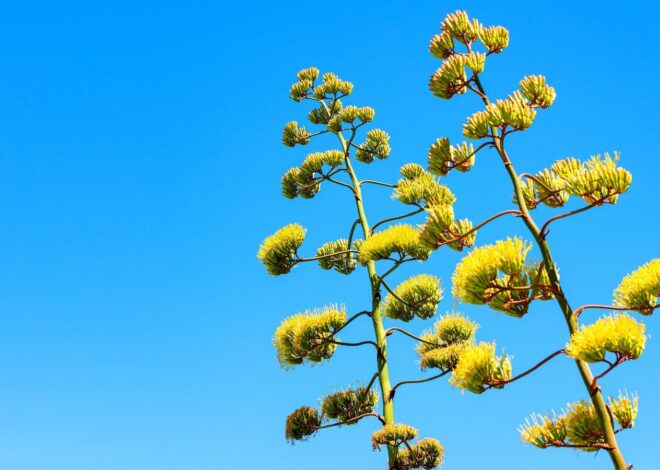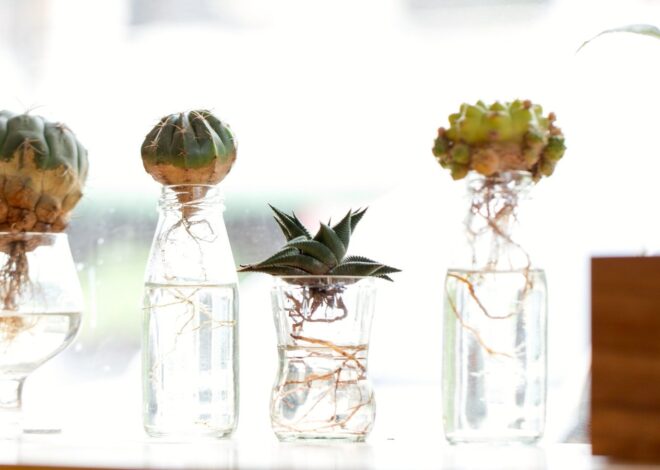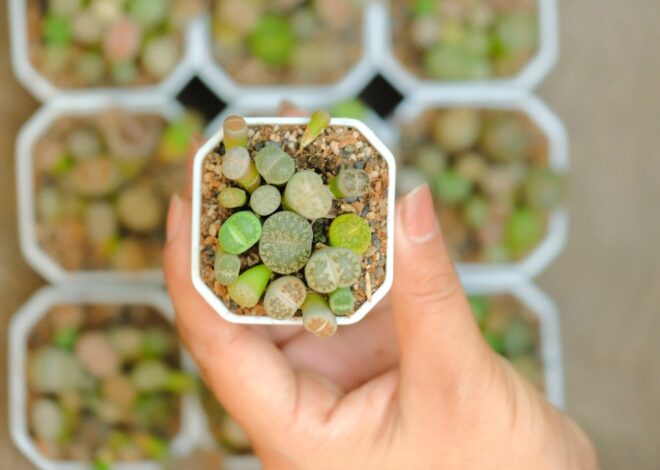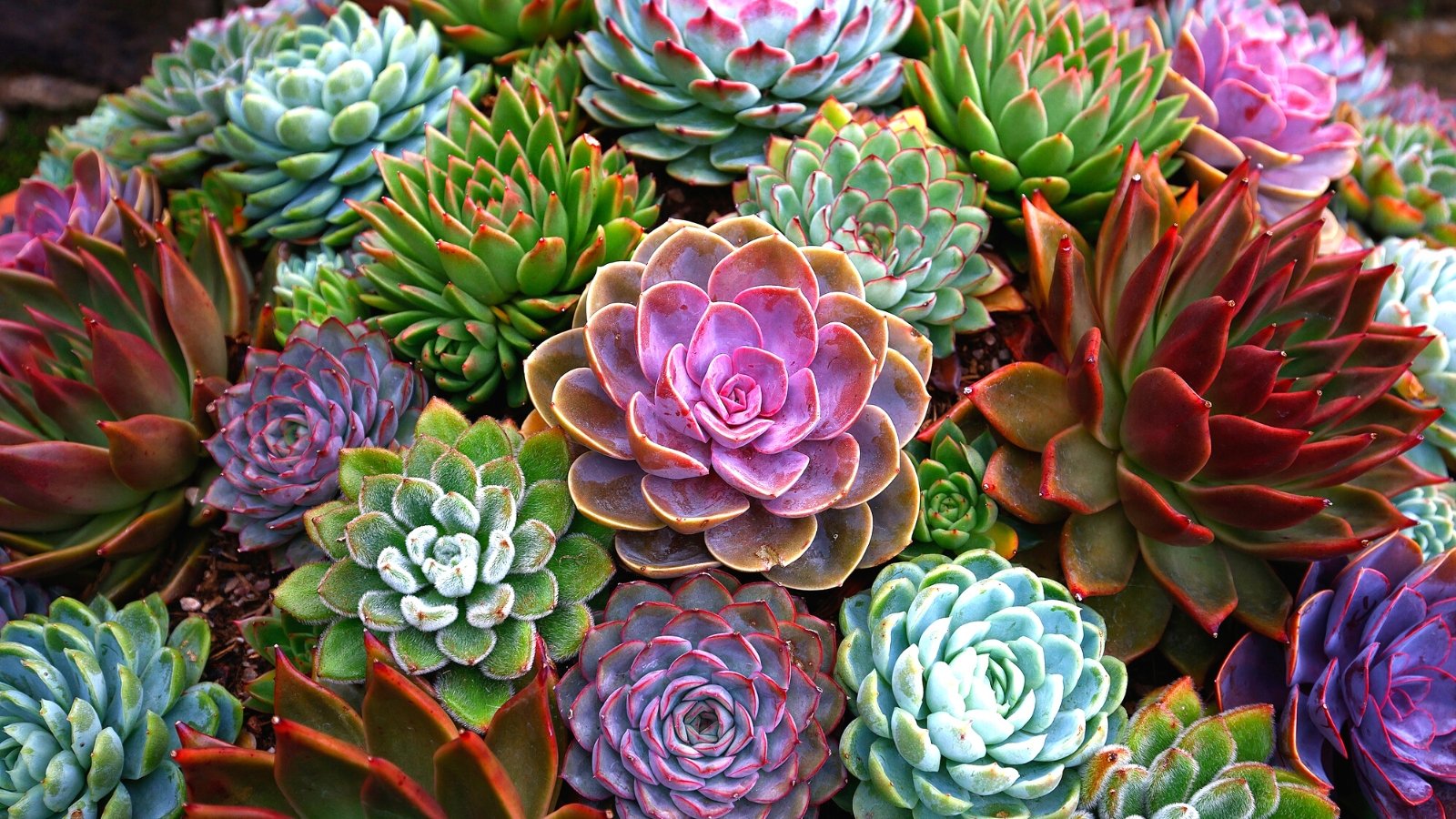
Which Succulents Are Protected for Pets? (And seven Vegetation to Steer clear of)
For a lot of who’re fearful about retaining tropical houseplants spherical your pets, succulents are a terrific utterly totally different.
Many species are non-toxic to cats and canines and embody an extended file of assorted advantages, notably of their ease of care. There are a collection of poisonous species to be careful for and keep away from throughout the event that they’re inside attain of any furry mates, nonetheless most are utterly protected.
I do advocate retaining crops out of attain of pets anyway (even as soon as they’re protected), as you don’t must clear up any soil spills or see chew marks in your helpful crops. However retaining these pet-safe succulents means you gained’t want to worry about any sudden journeys to the vet.
Succulents Protected For Pets
Numerous the trendy succulent teams are thought-about protected for pets. You don’t need any unintended chew marks for aesthetic causes, nonetheless you gained’t ought to rush to the vet everytime you spot any.
Echeveria
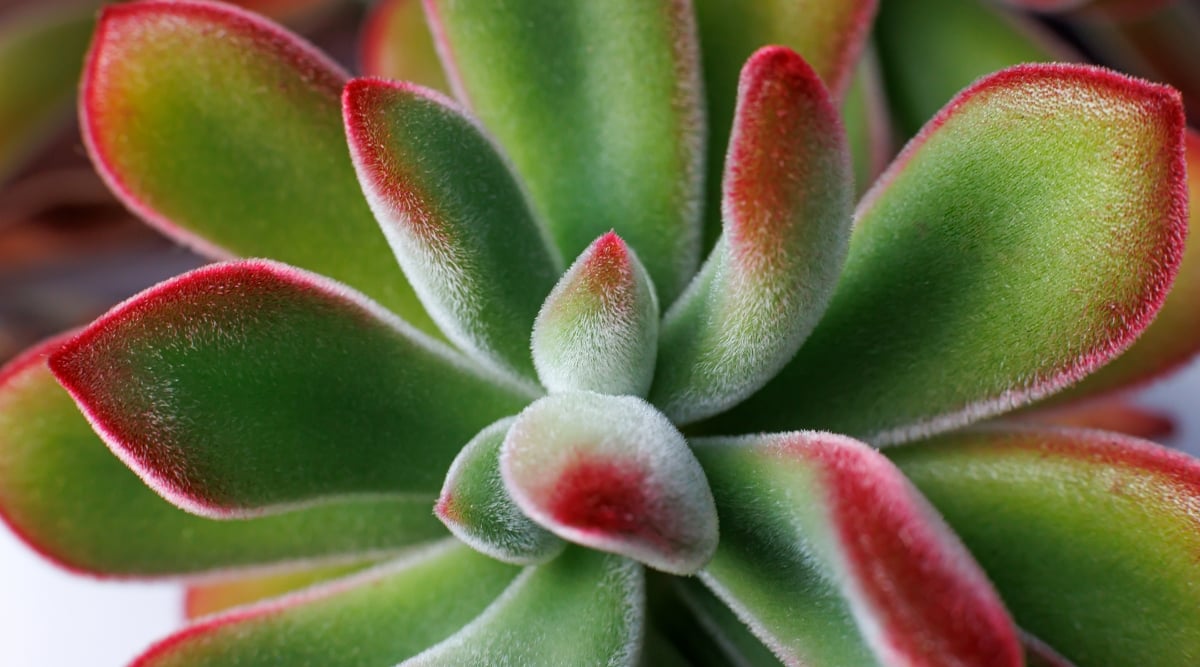

Echeverias are the quintessential succulent, that options plump leaves, tight rosettes, and a variety of engaging colours. As they don’t tolerate chilly correctly, they’re often grown indoors for defense, the place they will get up shut and private along with your complete furry mates.
Fortunately, these crops are thought-about non-toxic to pets and protected to handle spherical your own home. This gained’t cease prying paws from knocking pots over, although, so I favor to advocate retaining them out of attain anyway.
Sempervivum
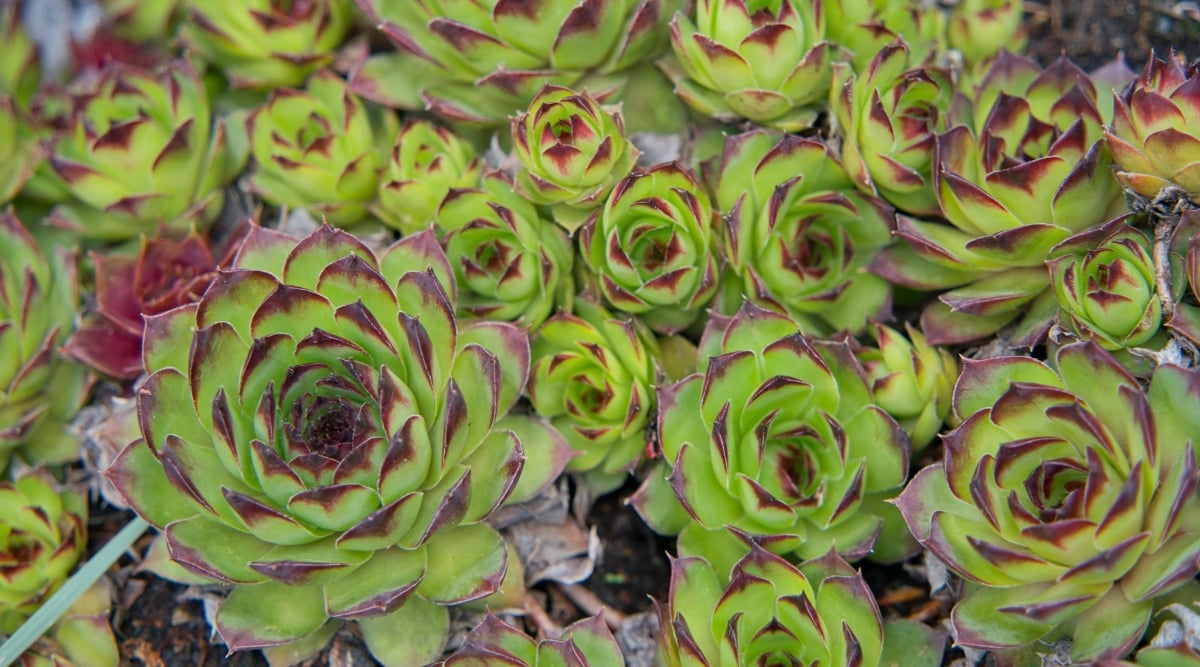

Sempervivums have an comparable constructing to echeverias nonetheless with much more leaves packed tightly collectively and sticking low to the soil. They’re usually usually typically referred to as hens and chicks after the tiny offsets that pop up right subsequent to the principle plant.
Sempervivums are protected to handle spherical your pets indoors. You should have a sunny windowsill with an excessive amount of direct photograph voltaic should you want them to keep up up their form and robust progress.
Haworthiopsis
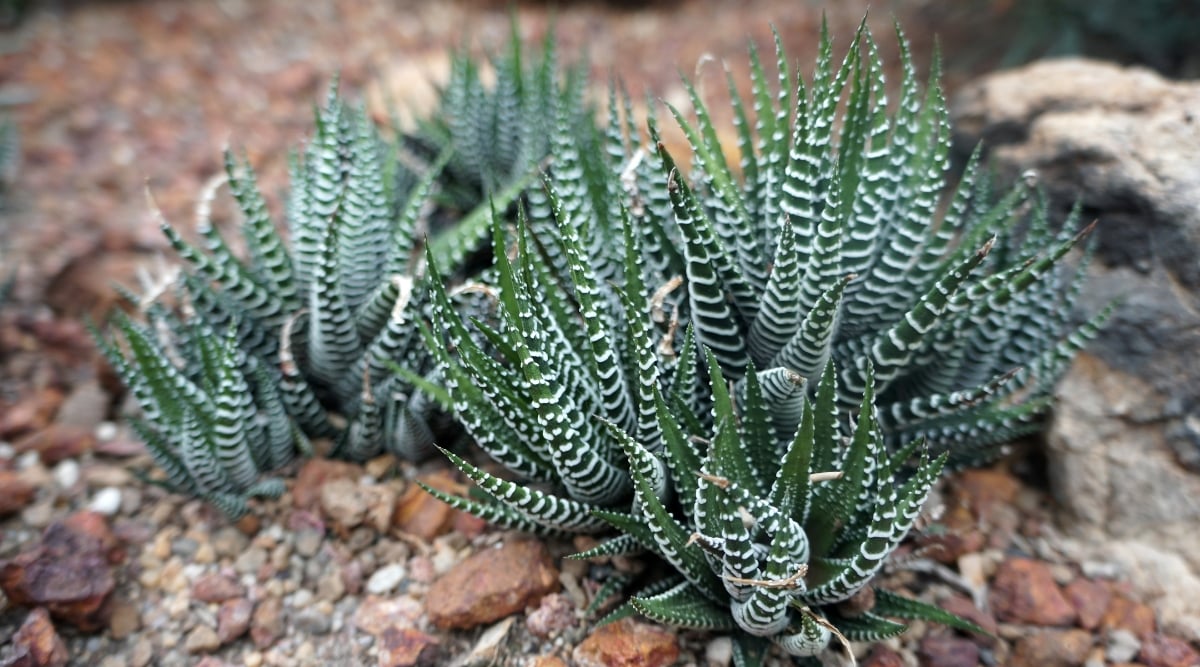

You’ll presumably acknowledge the species Haworthiopsis fasciata by its terribly descriptive frequent set up, zebra plant. This contemporary succulent is commonly grown indoors as a consequence of its tolerance of decrease mild and pleasant striped leaves.
The one ‘hazard’ this plant poses to your pets is the pointed leaves, on account of the plant itself is considered non-toxic. They’re furthermore a terrific pet-safe substitute for poisonous aloes as they’ve an comparable form and progress habits, merely with a smaller measurement.
Sedum
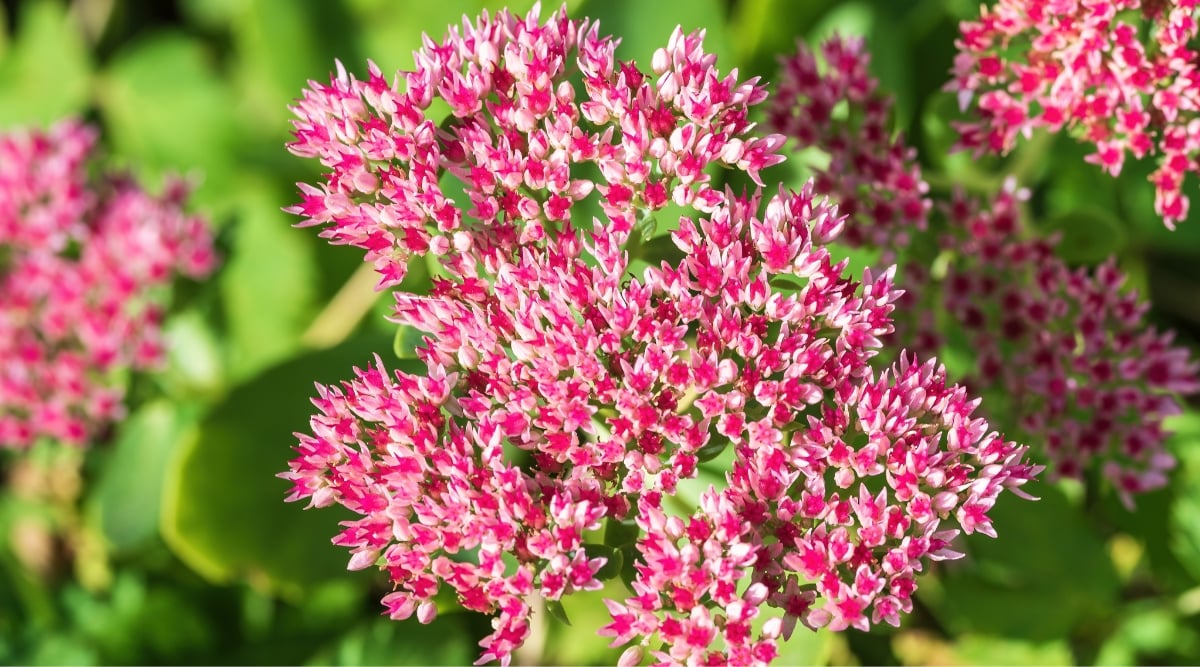

There are tons of of various sedum species to pick from, with lush succulent leaves and shiny flowers. Among the many trendy for indoor progress is Sedum morganianum, usually usually typically referred to as burro’s tail.
This species, and all utterly totally different sedums, are non-toxic to pets. Many are protected for human consumption in small parts and are stated to have a bitter or peppery type. Frequently make sure of species ID and research with an knowledgeable prior to consuming.
Aeonium
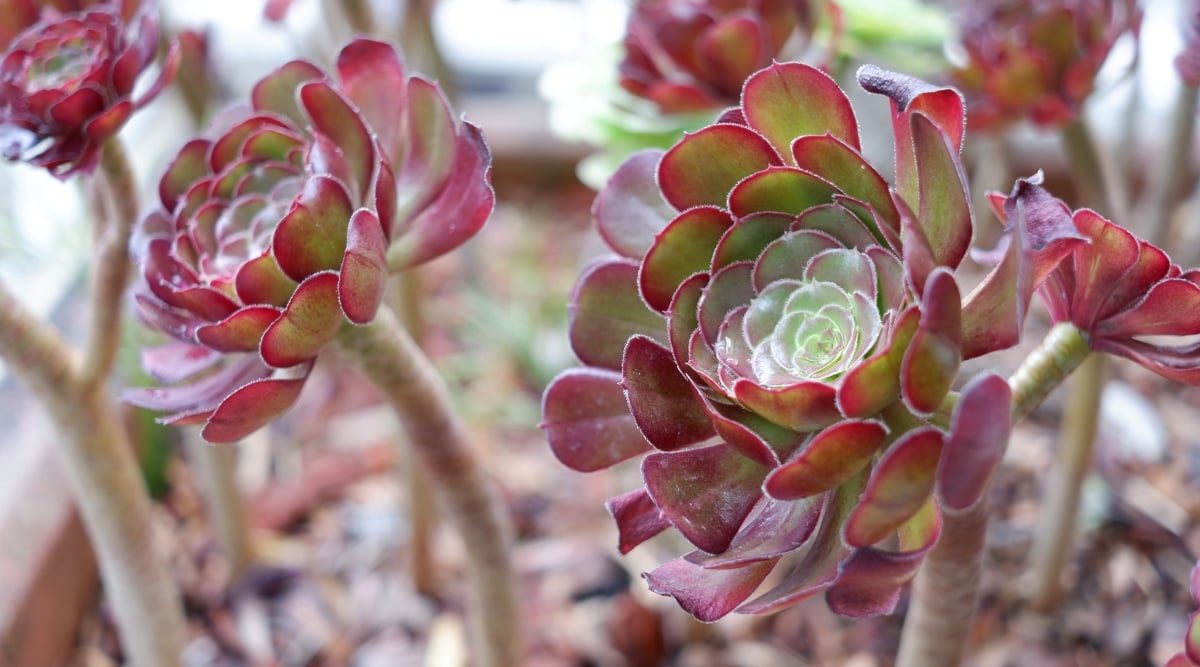

Aeoniums are ideally suited succulents for these needing a pop of shade indoors. Whether or not or not or not you go for the goth yard staple ‘Zwartkop’ or a striped cultivar like ‘Pink Witch,’ these succulents by no means disappoint. And there’s no want to worry about retaining them in your house as they’re protected for pets, too.
Within the occasion you wish to carry out in all probability the best of their shade, daylight is important. Select a south-facing window with an excessive amount of direct photograph voltaic for the brightest doable hues.
Lithops
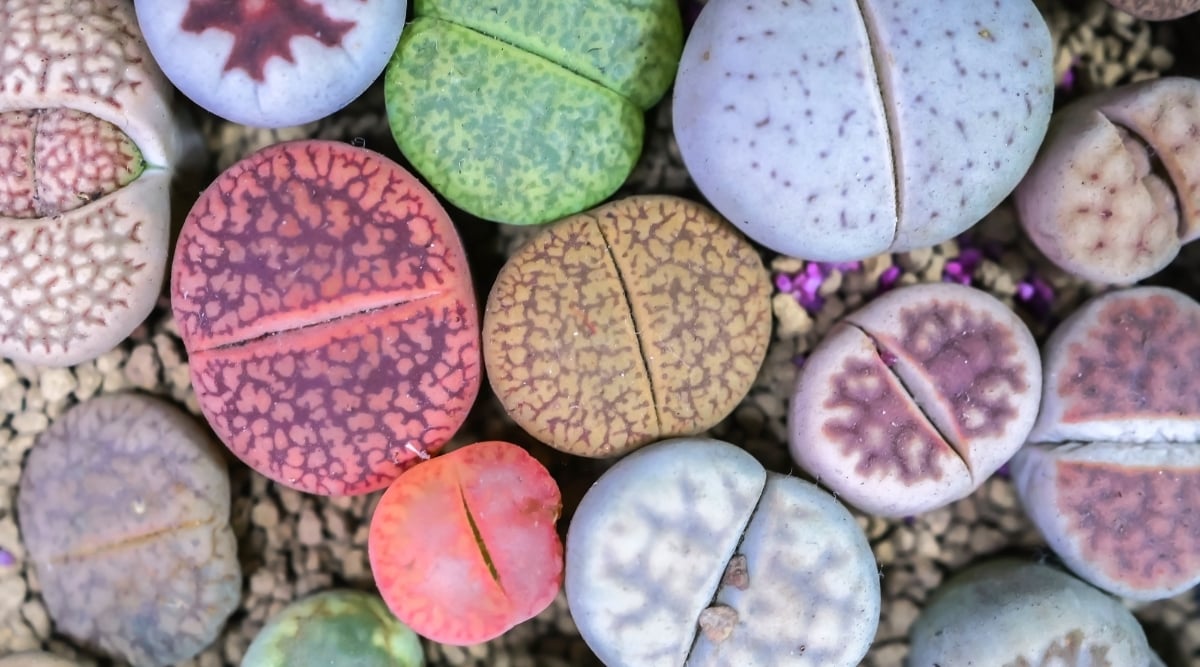

Lithops are usually usually typically referred to as dwelling stones for his or her plump and rounded leaves that maintain principally underground. These distinctive crops are one in every of many essential low-maintenance succulents you’ll uncover, accustomed to surviving harsh environments and needing little or no consideration to thrive.
Lithops are non-toxic to cats and canines. In exact fact, they’re so small and inconspicuous that your pets presumably gained’t uncover them anyway.
Christmas Cactus
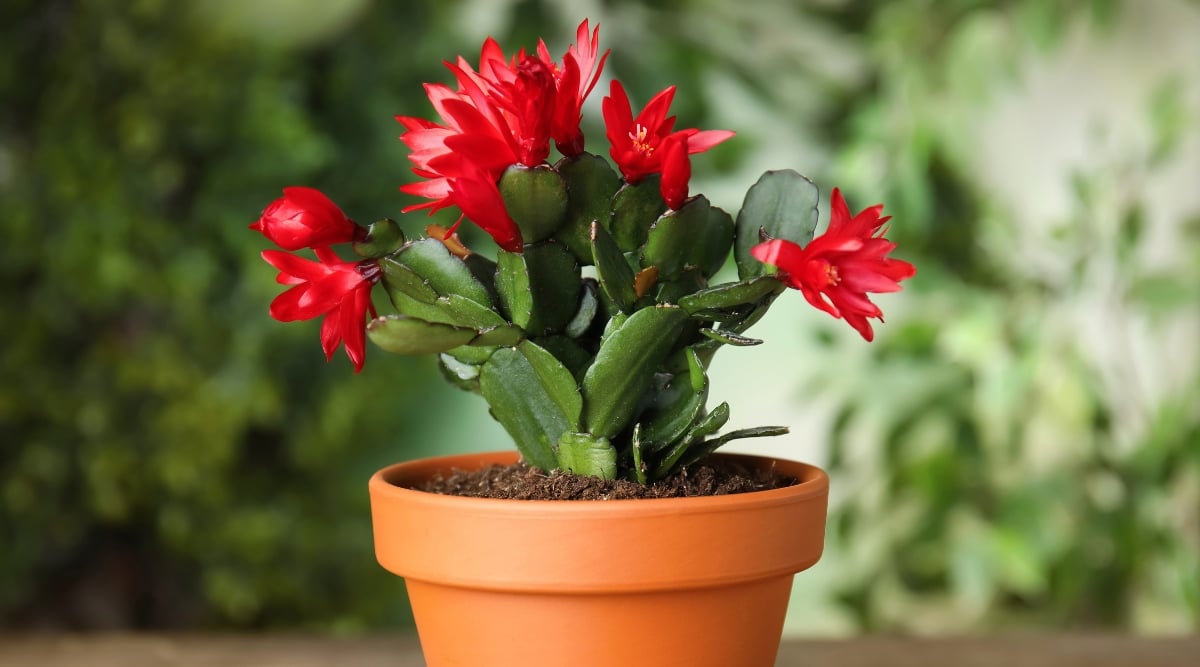

Christmas cactus is a journey staple well-known for its early winter flowering time, brightening our properties with blooms all through the festive season. These succulents furthermore make good houseplants when not in flower for the remainder of the 12 months, with succulent leaves cascading down the perimeters of containers.
Each the leaves and sought-after flowers of Christmas cactus are non-toxic to pets, making them worry-free dwelling décor over December.
Graptopetalum
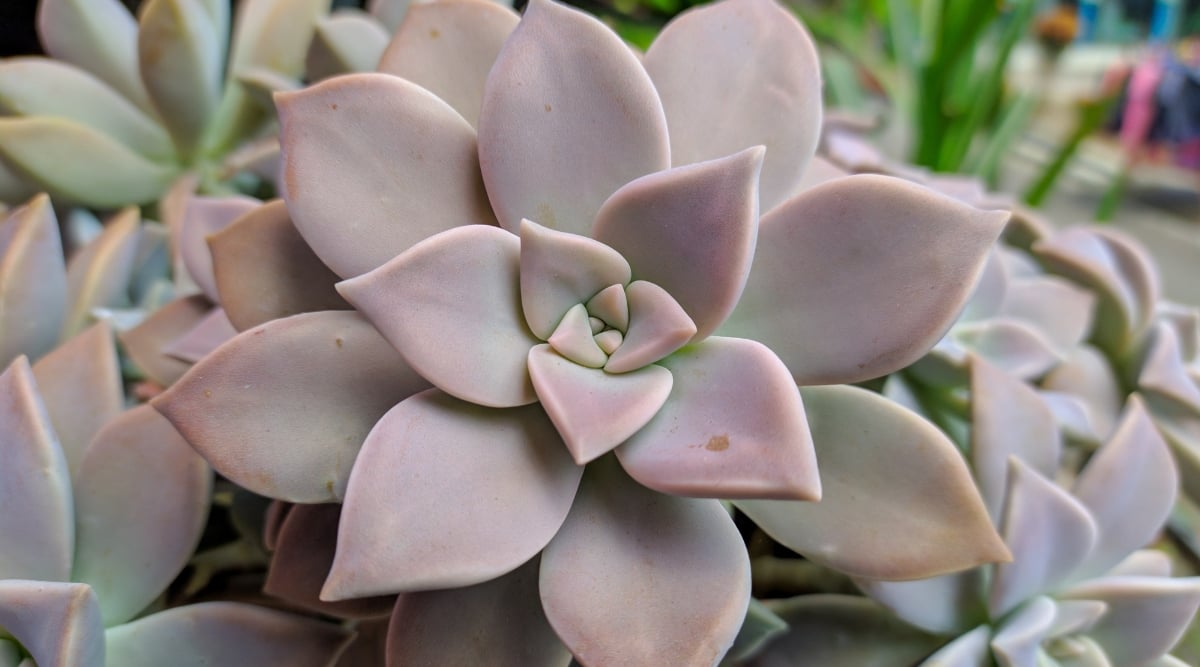

Graptopetalums are usually usually typically referred to as ghost crops, often sporting a ghostly pale purple or blue hue contained in the leaves. These succulents furthermore selection compact rosettes that match correctly with Echeveria and Sempervivum in containers.
All graptopetalum species are protected to handle spherical pets in your house. They’ll develop to be leggy in low mild, so ensure you protect them in entrance of a sunny window and away from areas the place they may get knocked over.
Portulacaria
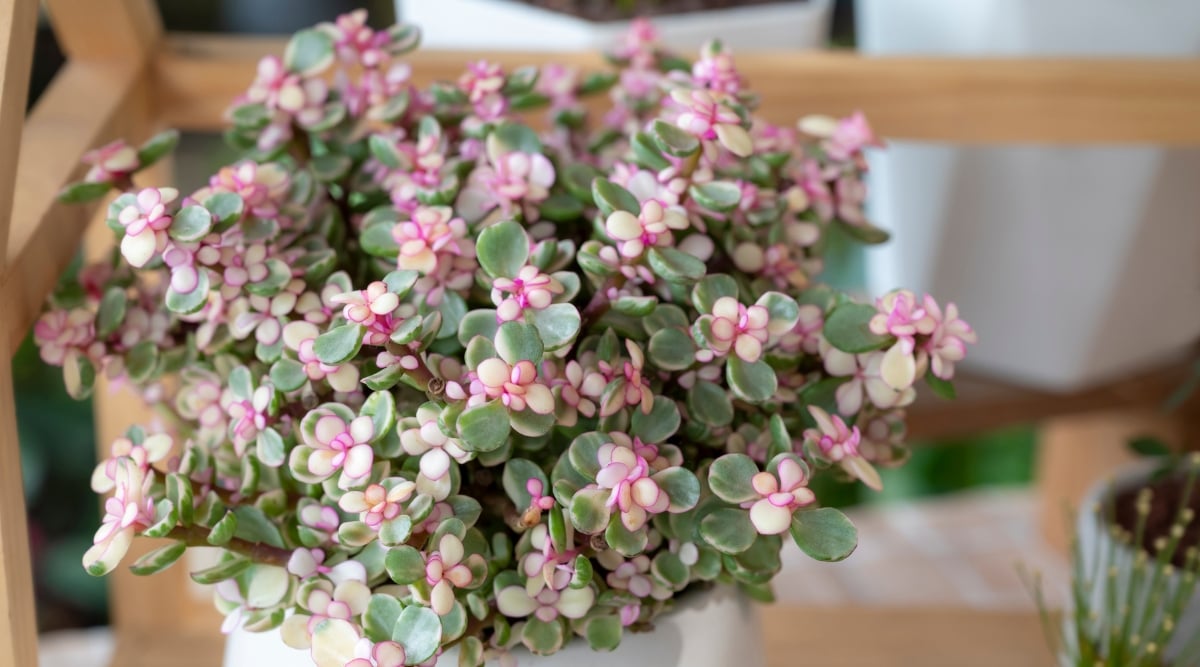

Portulacaria might be known as elephant bush or elephant’s meals, giving a sign of their non-toxicity. These shrubby succulents can tolerate decrease mild than some others and produce an excessive amount of branches dotted with cute leaves.
Portulacaria will not be solely non-toxic to pets nevertheless in addition to non-toxic to people. I’ve an infinite Portulacaria afra bush in my yard and sometimes pop the leaves onto salads or in smoothies for his or her dietary advantages.
Gasteria
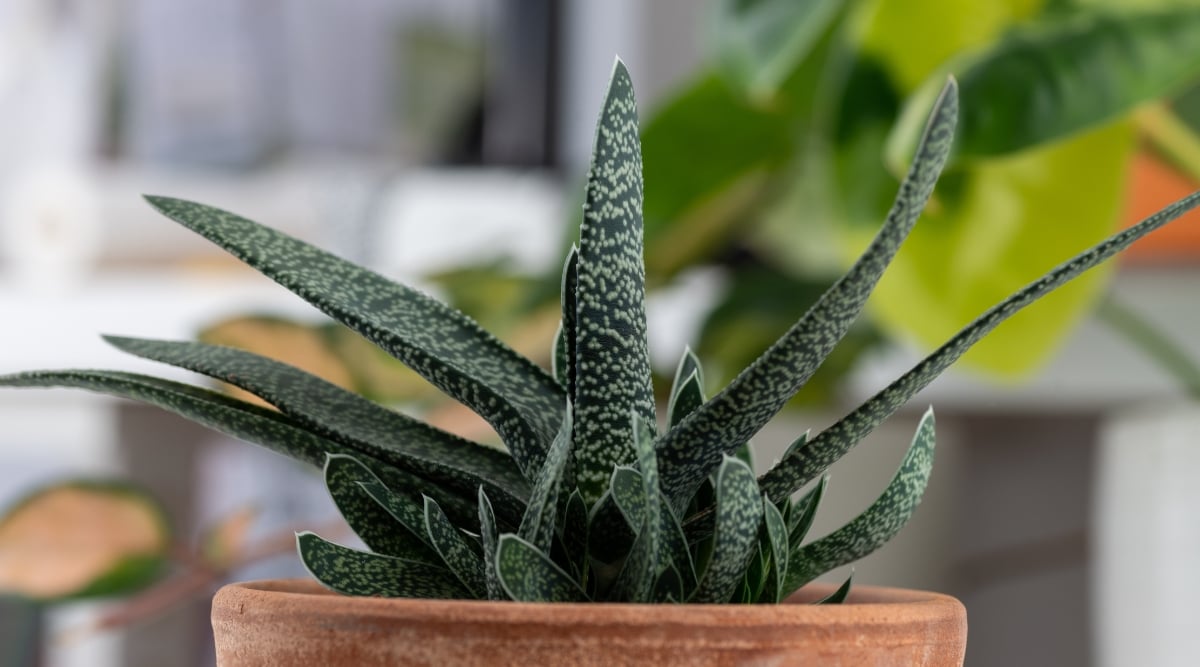

Gasteria are quite a bit a lot much less frequent than the earlier entries on this file, ideally suited to avid succulent collectors looking for one issue additional distinctive. The species with paddle-shaped succulent leaves are a personal favourite, similar to the lovable Gasteria glomerata usually usually typically referred to as ox tongue.
Gasteria are non-toxic to pets nonetheless can invite some undesirable nibbling. If in case you will have a rarer species that’s extremely efficient to hunt out, be sure to protect it away out of your pets to forestall any accidents.
Poisonous Vegetation To Steer clear of
Whereas most succulents are protected to handle spherical pets, there are a selection of which will likely be bigger averted.
Aloe
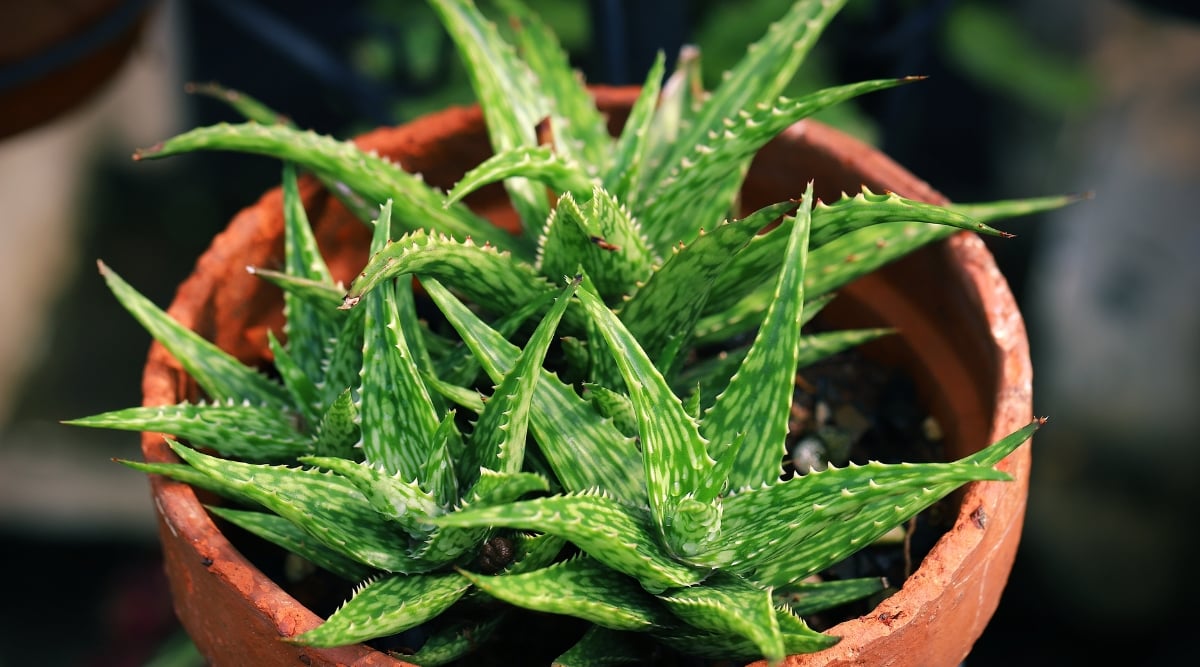

Aloe vera is commonly saved as a houseplant, acknowledged for its medicinal advantages and use in magnificence merchandise. Sadly, the spikes aren’t the one state of affairs you’ll have retaining this plant spherical your pets.
Aloe vera is considered poisonous to pets, containing anthraquinone glycosides that may end up in vomiting and diarrhea or additional essential indicators. The toxicity is considered delicate to widespread, nonetheless it’s finest to remain on the protected side and protect these crops away.
Kalanchoe
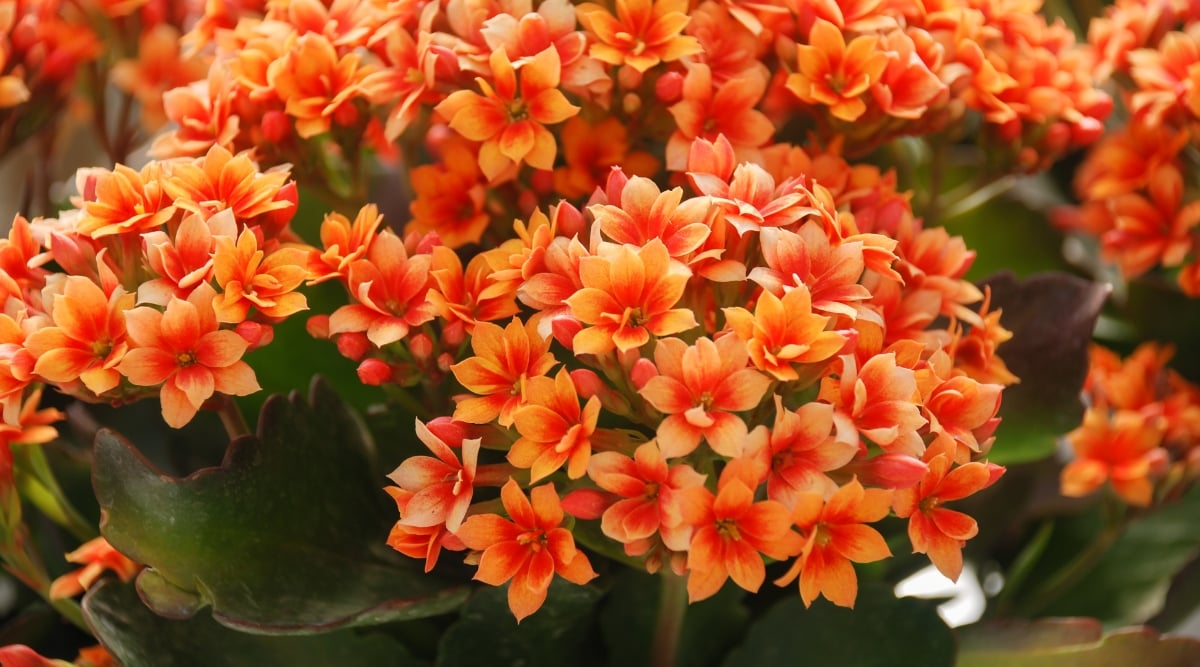

Kalanchoe are appreciated for his or her tolerance of decrease mild and their means to flower prolifically indoors. Vibrant blooms of pink, orange, pink, and yellow seem all yr prolonged in the best circumstances, along with a pop of shade to your own home.
Kalanchoe blossfeldiana and utterly totally different frequent species will not be pet-safe succulents, leading to gastrointestinal irritation if ingested. Higher parts can have a better damaging impression, nonetheless extreme indicators are uncommon.
Senecio
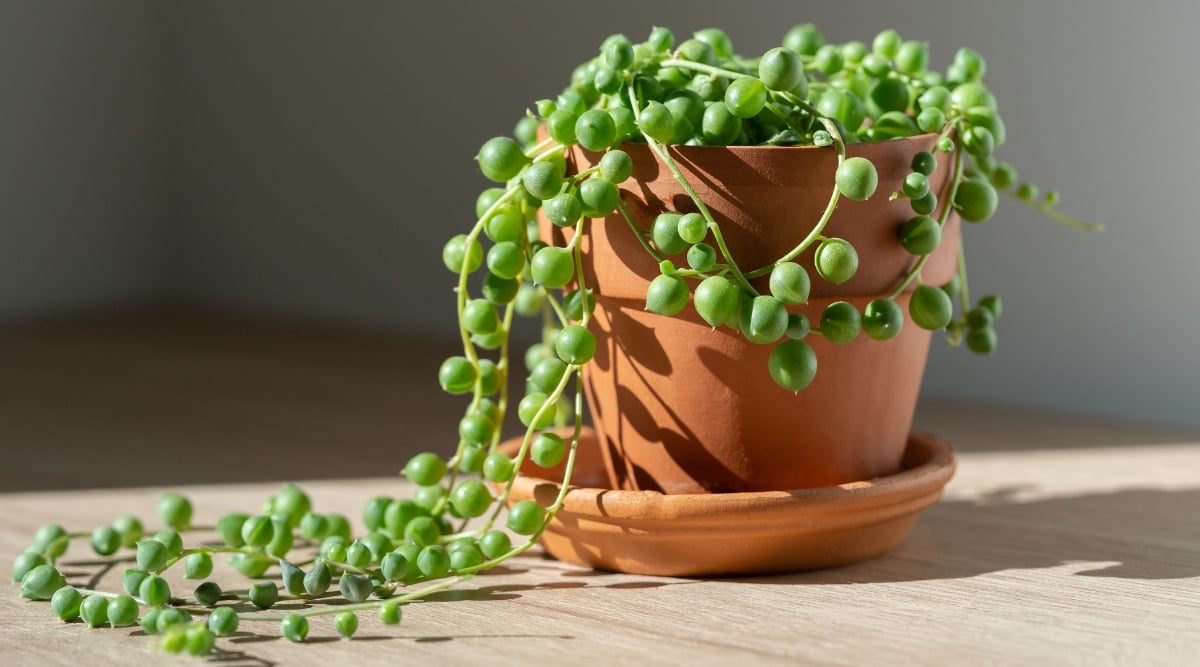

Vegetation contained in the Senecio genus are usually usually typically referred to as string succulents, together with cute names like string of bananas and string of dolphins. Nonetheless, as cute as these trailing crops are, it’s important to protect them out of attain of curious paws.
Ingestion of Senecio species could find yourself in abdomen upset and lethargy in cats and canines. One among many best methods to handle them out of injury’s methodology is to hold your string succulents in baskets and trim the vines as rapidly as they begin to get too extended.
Crassula
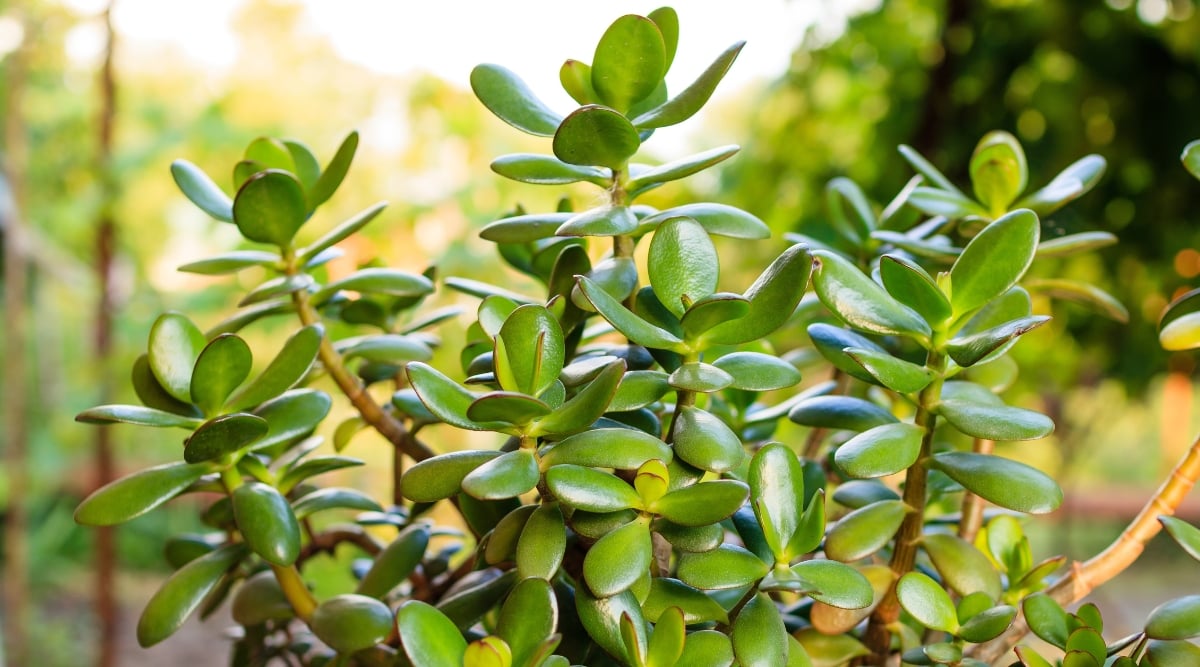

There are tons of of species contained in the Crassula genus, nonetheless none is additional trendy amongst houseplant lovers than Crassula ovata. Sometimes usually typically referred to as jade plant, this succulent is resilient and tolerant of a variety of quite a few circumstances, making it ideally suited to newcomers.
As trendy on account of the jade plant is, it’s finest to steer clear of pets, notably canines. Ingestion could find yourself in gastrointestinal indicators and lethargy.
Agave
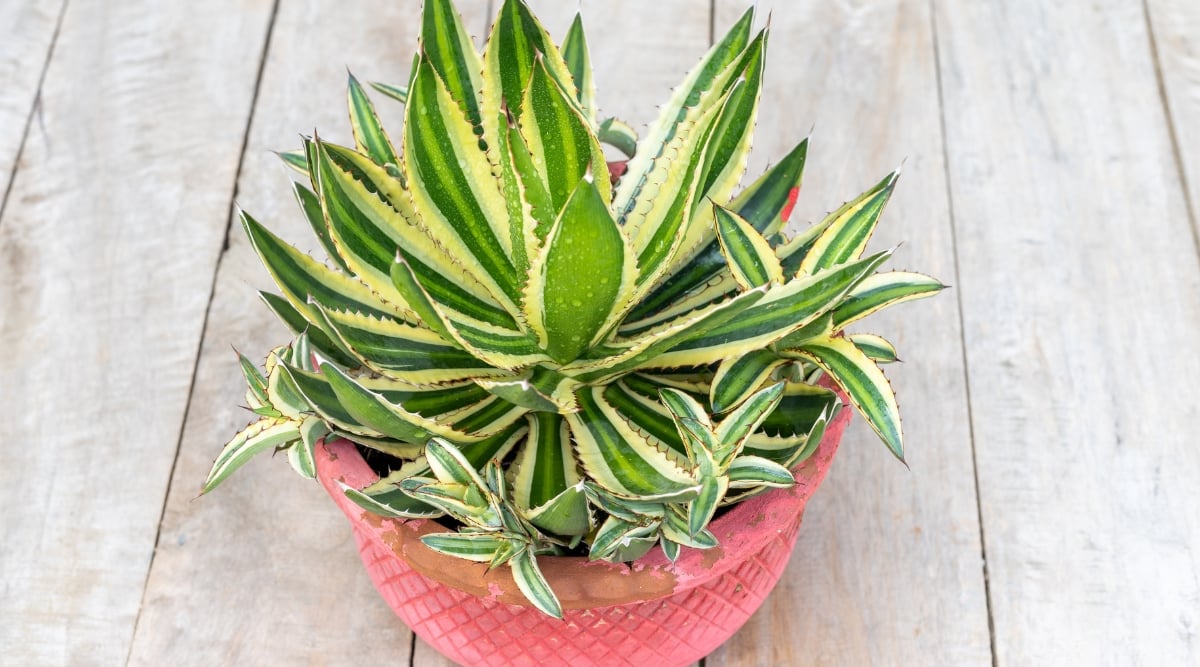

Agave crops are sometimes better succulents planted in beds significantly than saved in containers. However everytime you do have a smaller species you’re rising indoors, it must be correctly out of attain of your pets.
These crops embody calcium oxalate crystals that set off irritation when ingested. For a lot of who uncover your pets pawing at their face or having draw back swallowing, research your agaves for chew marks. Protect them out of attain by inserting them on a better shelf, or select a pet-safe utterly totally different as a substitute.
Sansevieria
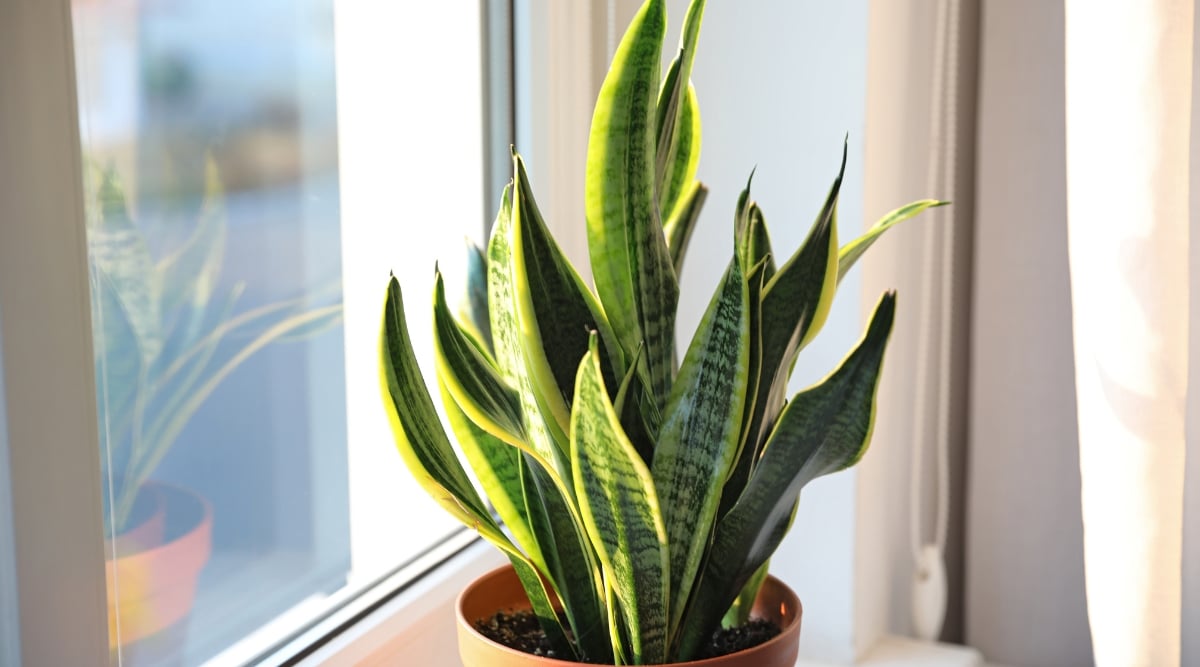

Sansevieria (now a part of the Dracaena genus) is the go-to houseplant for newcomers, so extremely efficient it’s often thought-about nearly unattainable to kill. They’re usually usually typically referred to as snake crops or mother-in-law’s tongue for the pointed and elongated leaves.
Snake crops embody saponins that set off delicate to widespread indicators when ingested, together with nausea, vomiting, and diarrhea. Use these strategies to handle your pets away, or go for a safer utterly totally different as a substitute.
Euphorbia
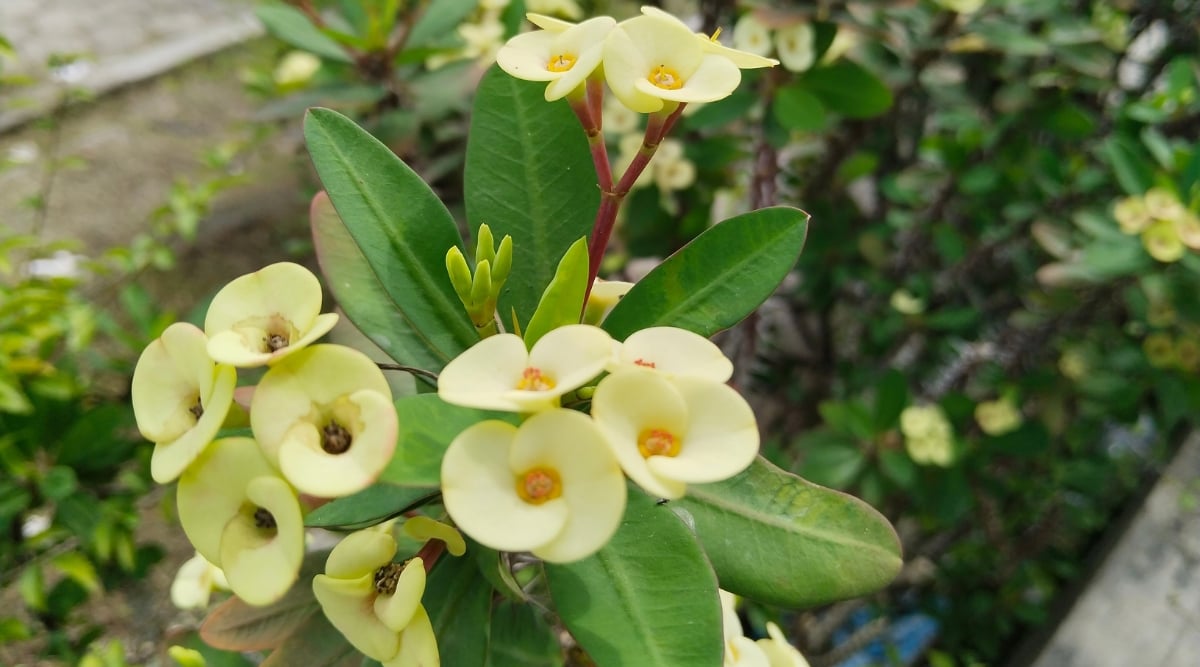

Euphorbia will not be the commonest succulent genus grown indoors. Nonetheless, there are a selection of species, like Euphorbia trigona or Euphorbia milii that you’ll have thought-about along with to your assortment. Poinsettias are furthermore a part of this genus, with the scientific set up Euphorbia pulcherrima.
These crops embody a milky sap that’s poisonous to pets when ingested. Numerous species even have spikes that can result in irritation. Protect these crops correctly out of attain to keep away from interplay.
Last Ideas
For a lot of who’re in the hunt for to fill your own home with pet-safe crops, succulents are a terrific different. There are such a lot of good species to pick from, nonetheless be sure to keep away from the few poisonous species.
